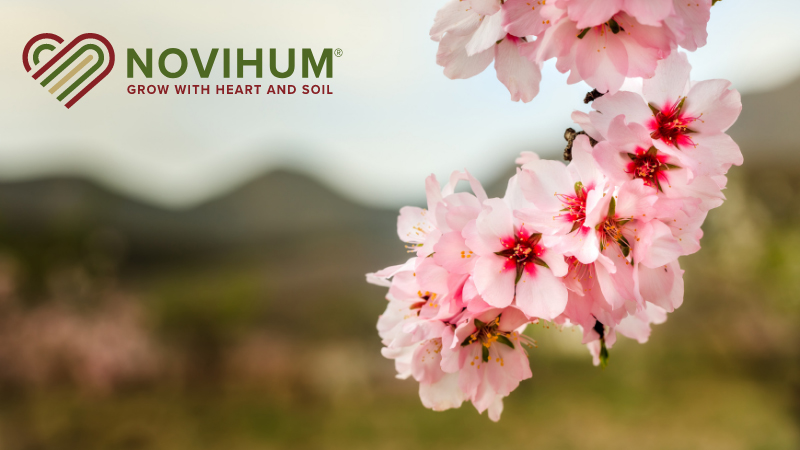Straight from the Field: Vegetable Production Trends in the Midwest
After a year and a half of limited travel, the role Extension agents and other consultants play is more important than ever. As they advise produce growers across their states or regions, they are witnessing trends that may be otherwise invisible.
We surveyed them, asking which questions growers ask most often, which issues are most pressing, and what excites them most for the future. As always, labor is the main concern for growers and advisors. But we were curious if they were seeing any less well-known trends. Here is what we found out from the Midwestern front.
Weather Driving Change
Wet, late winters that switched to hot, dry summers with big rainstorms is forcing as much change as the pandemic. Vegetable growers are looking at a number of options.
Varieties with fewer days to maturity. Boggy fields and cold temperatures have delayed planting too often in the past few years. Late starts tend to result in later harvests, unless growers can find earlier-maturing varieties.
Different crops. If growers cannot find varieties of their existing crop mixes that can grow in shorter seasons, they will look for new crops.
Handling unusually wet conditions. A pattern of weeks of hot, dry weather, interrupted with heavy rain that lasts for a few days, is fostering a closer relationship between growers and Extension agents and other consultants as they work to find the best solutions.
Pushing the boundaries of growing. When growers struggle with growing in their normal fields, they begin looking for other options. That not only includes expanding greenhouse production, but growers begin experimenting with how much they can grow in less-optimal locations. One Extension agent mentioned a grower who’s experimenting with leafy greens in shady conditions, since it’s on higher — and dryer — land.
The Vegetable Industry Is in Flux
Many report they’re seeing significant shifts in their local vegetable industry. For one, there are more new farms getting started than in years past. They’re coming into the industry just as consumer demand for local produce is up. While there’s some increased competition among smaller operations as a result, most farms are still seeing an increase in market-customer visits.
The increased demand has created a large churning in how vegetable operations are structured. Those who never offered U-pick now do. CSAs also are on the increase, as are roadside stands and farmers’ market stalls. While it’s healthy growth overall, there’s also a widespread learning curve as growers get up to speed.
If You Could Offer One Piece of Advice to Growers, What Would It Be?
- Plan ahead. Check with your suppliers — prices are on the rise!
- Get involved with government and stay involved. You must get to know your elected officials and educate them.
- Be ready and willing to make changes.
- Figure out what changed for the best because of COVID-19, accept it, and get good at it.
- Work with other growers to maximize efficiencies.
- Seek out change and embrace it!
- Don’t look at other growers as competition but as possible collaborators.










